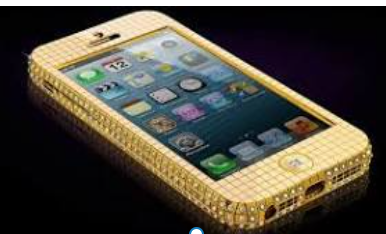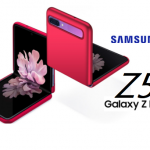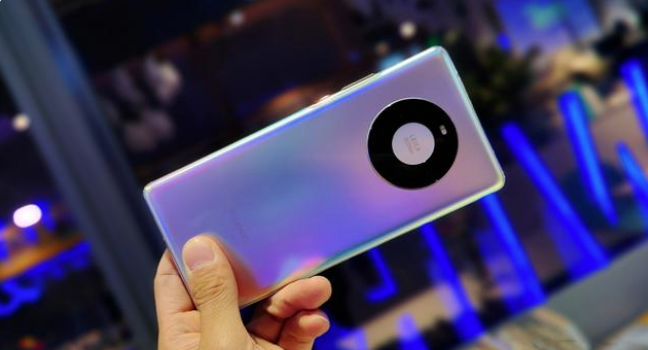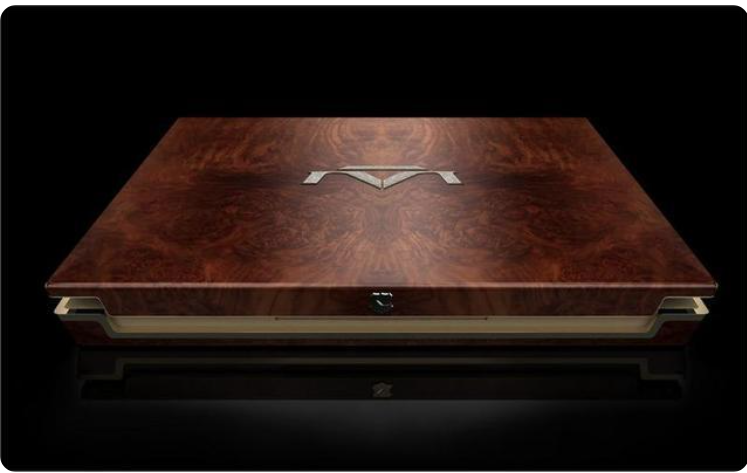With the release of Apple’s iPhone 13, Apple has been around for more than a decade, and the impact of the iPhone on consumers and the world has been enormous. Although the iPhone’s “squeeze toothpaste”-style updates have been a hit with consumers in recent years, the iPhone remains the industry’s dominant player and prices have remained high for now. Today let’s take a brief look at the development of the iPhone from the first generation to the present and the price changes (the following reference prices are the starting price of this version).
iPhone ($599, about $3,870).
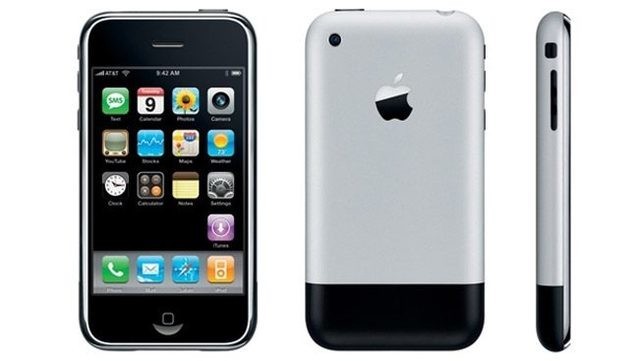
On January 9, 2007, the first iPhone development, a curtain-trick about Apple’s decade-long history, began when Jobs officially launched the iPhone in San Francisco. 2007 was also the era of keyboards, with the iPhone’s 3.5-inch capacitive touchscreen, round aluminum body and a physical button with only one Home key, making it the most watched phone of the year. At the iPhone launch that year, Mr Jobs said: “We are five years ahead of the rest of the phones. “It really came true from the beginning.
iPhone 3G/iPhone 3GS ($199, RMB1285).
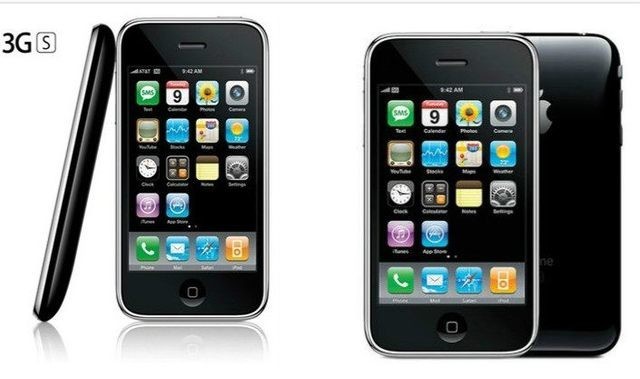
The two models were released on June 9, 2008 and June 8, 2009, respectively. The iPhone 3G abandoned the aluminum chassis in favor of polycarbonate, and material changes increased signal strength and the ability to receive signals. In addition to 3G networks and materials, the iPhone 3G is the first time the App Store concept has been added to the system, an important milestone in the history of mobile software development.
The S in the iPhone 3GS stands for “speed” and has since turned on the iPhone’s “S” upgrade, which means you’ll get a new design this year and a phone with the same body but better performance next year.
iPhone 4 ($199, about 1285 yuan).
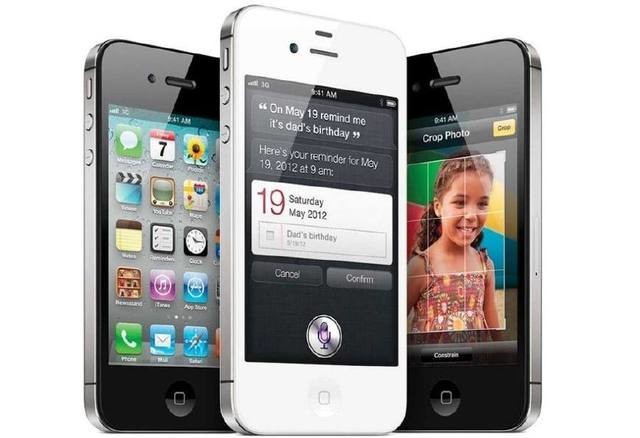
Released on June 7, 2010 and October 4, 2011, respectively, as a legacy of Jobs, these two products are considered by many fruit powders as timeless classics. The industrial design of the iPhone 4, which was covered with flat glass and surrounded by stainless steel as an antenna, caused a stir at the time. In addition to the change in appearance, the iPhone 4 also features a retina display, the Retina Display. Retina’s display pixel point is 326 ppi, which means the iPhone 4’s images and text look sharp and sharp enough to match the printed material, as the human eye can’t tell a single pixel point in a 300ppi situation.
The meaning of “s” in iPhone 4s is “Siri”. When Siri is started, users can make calls over their voice, create alarms, and more. At the time, it was the real mobile phone voice assistant.
iPhone 5($199)/ iPhone 5s($199)/ iPhone 5c($99).
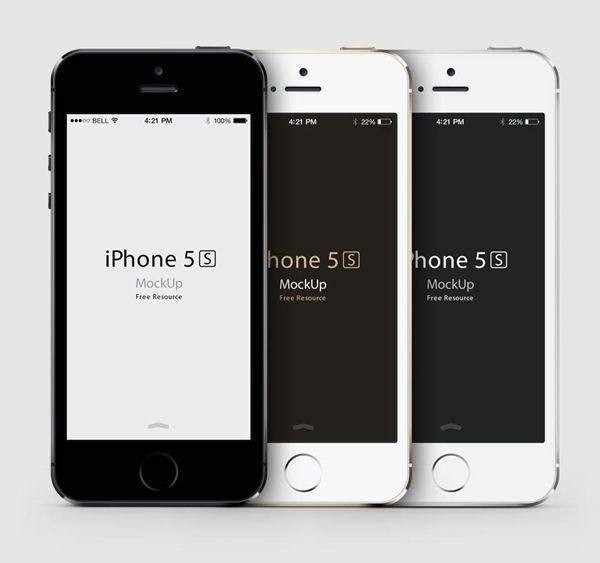
The iPhone 5 breaks the 3.5-inch obsession and raises the screen to 4.0 inches. In addition, the back of the body is made of stainless steel, and the texture is improved by 2 mm thinner than the iPhone 4S, making it the thinnest smartphone of its time. The iPhone 5s looks largely the same as the iPhone 5, and the only change is likely to be that its Home key has a metal ring, which means Apple’s first fingerprint sensor, Touch ID, is being applied.
iPhone 6($199)/ iPhone 6 Plus($299).
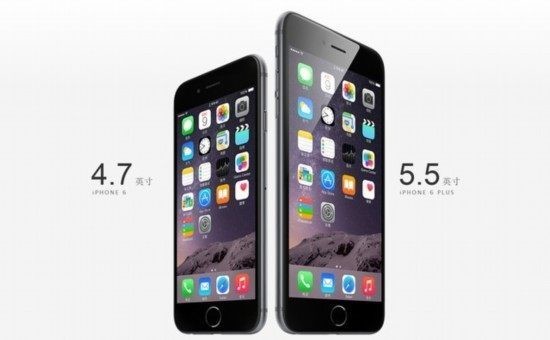
Launched on September 9, 2014, the dual flagship, with the 4.7-inch iPhone 6 and 5.5-inch iPhone 6 Plus, finally caught up with Android. These include two 4.7-inch and 5.5-inch Retina HD displays and new, ultra-thin, seamless design innovations.
iPhone 6s($199)/ iPhone 6s Plus($299).
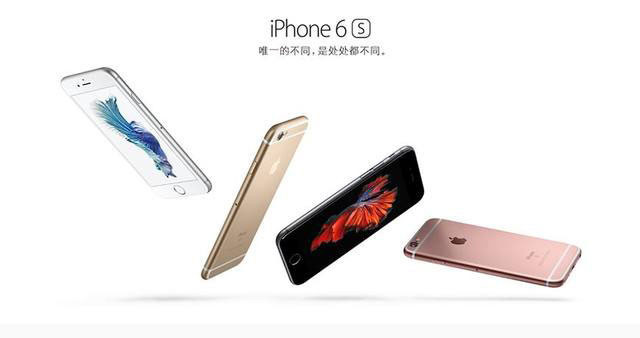
Released on September 9, 2015, the single “rose gold” color scheme has been the focus of discussion. The Phone 6s/6 Plus has not changed in appearance, but the hardware has improved considerably: a 12-megapixel camera, support for 4K video recording, and a big change to the IOS 9.
Apple’s iPhone 6S didn’t surprise many people much. Each odd number of years produced a ‘S’ variant of last year’s phone, offering some upgrades to the phone, retaining the same design and chassis. The iPhone 6S is almost identical to the 2014 iPhone 6, and we can hardly tell the difference between the two.
iPhone SE ($399)
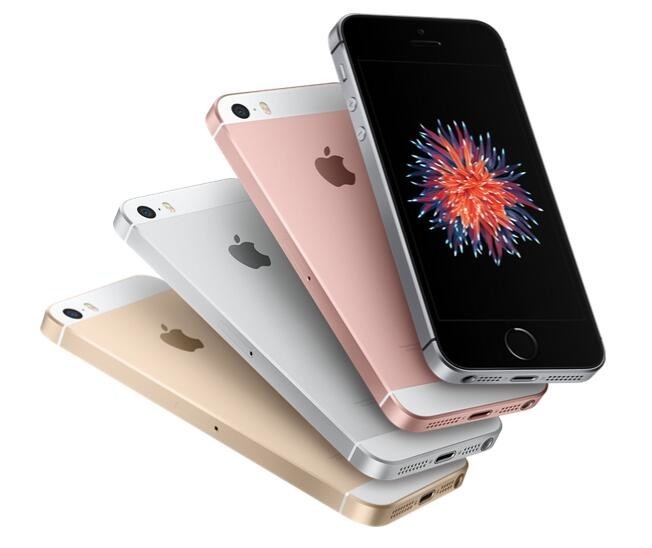
Released March 21, 2016. Apple is named after the SE suffix, which is different from previous models. This is the first time an iPhone device without a number has been named. The phone is based on an upgraded version of the iPhone 5S released in 2013. The SE is an acronym for “special edition,” which means “special edition” and, in short, the iPhone SE stands for an Apple special edition iPhone, which is primarily used to describe the iPhone’s screen size.
iPhone 7($649)/ iPhone 7 Plus($769).
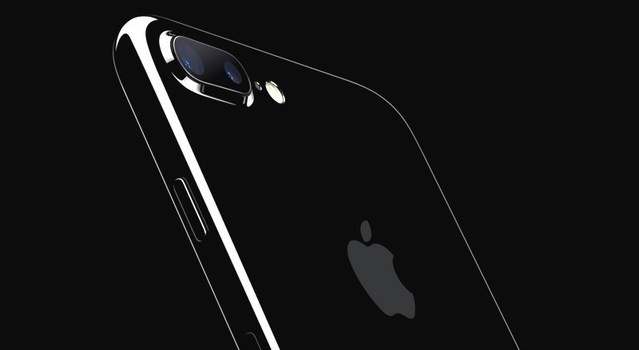
This is apple’s first use of waterproof phone technology. Both the iPhone 7 and iPhone 7 Plus have IP67 protection, which means you can immerse your phone in water for a few minutes or more without worrying about it getting damaged. Perhaps the biggest element of the iPhone 7 and iPhone 7 Plus is that Apple has bid farewell to the 3.5mm headphone jack.
iPhone 8($699)/ iPhone 8 Plus($799).
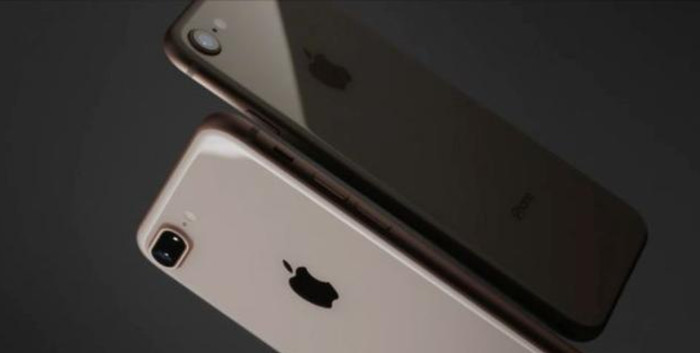
Released on September 13, 2017, I wonder if the iPhone 8 has not changed much from its predecessor to the iPhone X, and you’ll think it’s better called the iPhone 7s.
iPhone X($999)/iPhone XR($749).
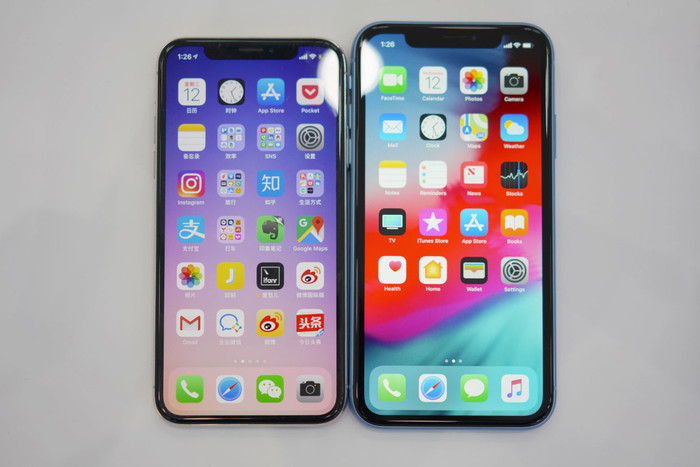
Although three iPhones were released in 2017, the iPhone X is what Apple wants to launch this year.
The iPhone X can be described as the biggest change to the iPhone in recent years, completely eliminating the Home key and upgrading the screen to a full screen, making the overall look of the iPhone X look more integrated.
Without the Home key, touch IDs were also abandoned by Apple and replaced by Face IDs as a new way to unlock them. Although Apple has repeatedly said that face IDs are safer and better to use than Touch IDs, face IDs still don’t work at some point when you’re actually using them, such as when you’re lying sideways playing with your phone, and face IDs have a hard time recognizing the face you’re squeezed by a pillow.
The iPhone X, Apple’s 10th-anniversary launch, bodes well for the direction of the company’s future phones and, in a sense, represents a reincarnation.
Apple also introduced a more affordable, more colorful iPhone XR, with six bright colors and slightly simplified specs.
iPhone XS($999)/iPhone XS Max($1099).
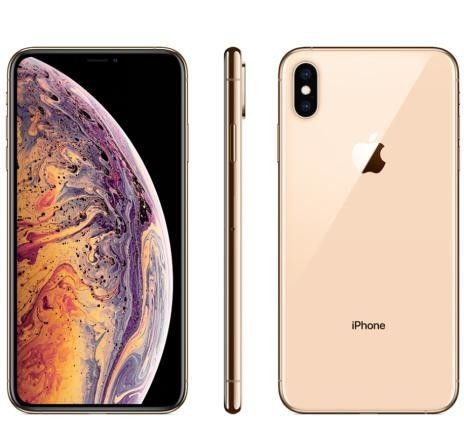
Released September 12, 2018, the only change in the iPhone XS series, as in previous years of size, is the performance improvement, with the first of three colors: gold, silver, and deep space gray. The iPhone XS has only been incrementally upgraded with the iPhone X, improving the rear camera, the new gold surface and more power under the hood. The iPhone XS Max is Apple’s next leap after the iPhone 6 Plus, the largest iPhone in history, offering a huge 6.5-inch display.
iPhone 11($749)/ iPhone 11 Pro($1149)/ iPhone 11 Pro Max($1249).
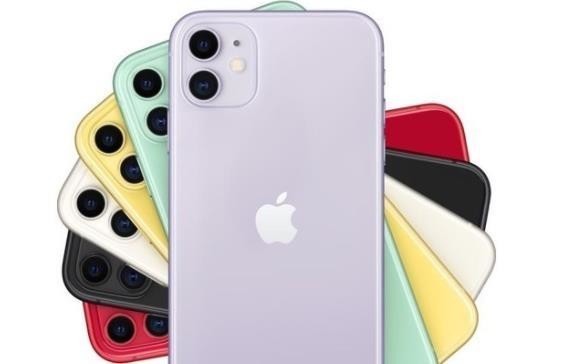
Released on September 10, 2019, the Pro suffix was introduced for the first time to emphasize the “high-end” and “professional” nature of the two flagship phones, but fruit powder is not purchased. The only change in the iPhone 11 series compared to the previous generation is the camera, which features a wide-angle, ultra-wide-angle lens combination with a wider viewing range.
iPhone 12 mini($7,29)/ iPhone 12($829) / iPhone 12 Pro ($999)/ iPhone 12 Pro Max ($1099).
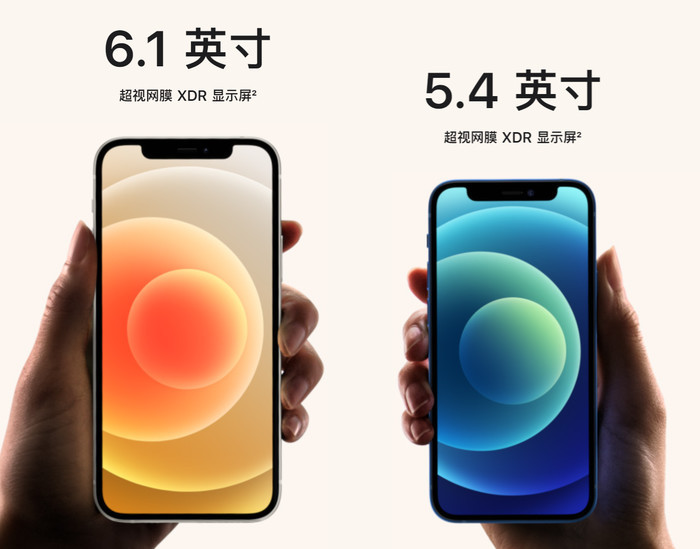
It’s the first time Apple has ever launched four new iPhones of different sizes and models.
They’ve also changed a lot – with a new design, all four iPhones are moving away from the rounded borders they’ve been around for the past seven years and back to the hard times. It’s not just the look, the screen, the performance, the camera and even the charging method, the iPhone 12 has improved.
Apple’s reason for the price increase, in addition to better components and new designs, is that this year there are more 5G and screen improvements, and should also be to make room for a more “low-end” 12 mini.
iPhone 13 Series price forecast
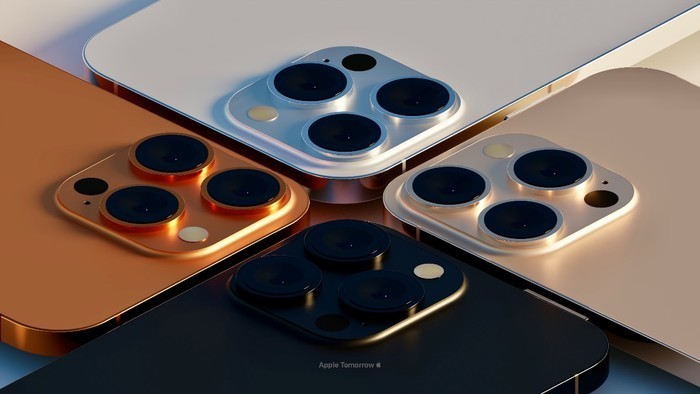
According to the news, the iPhone 13 Series four models will maintain the same design style as the iPhone 12 Series four models, the main changes will be reflected in the rear camera module, as well as the body color matching. The iPhone 13 Series’ performance upgrades are indisputable, as are the 6s vs. 6s and XS vs. X, which seem to look only a little stronger, but the actual experience is significantly different.
The price of the iPhone 13 may be the same or lower than that of the iPhone 12. Apple’s iPhone 12 series includes four phones for four prices, with a bigger difference between carrier and storage configuration. At the time of release, the baseline iPhone 12 carrier model was priced at $799, an increase of $100 over the 2019 iPhone 11, largely due to increased 5G support. With no such major technology upgrade expected for the iPhone 13, analysts expect the price structure to be similar to that of the iPhone 12 series in 2021.
There has been some speculation that Apple may consider lowering the price of its next phone line. Several rivals have risen to the occasion in the face of the downturn, releasing more affordable models in 2020, such as Samsung’s Galaxy S20 FE and Google’s Pixel 5: both cost the same as the iPhone 12 Mini, but about $100 cheaper than the iPhone 12. The newly released Samsung Galaxy S21 also has a lower price, starting at $200 less than the previous generation.
